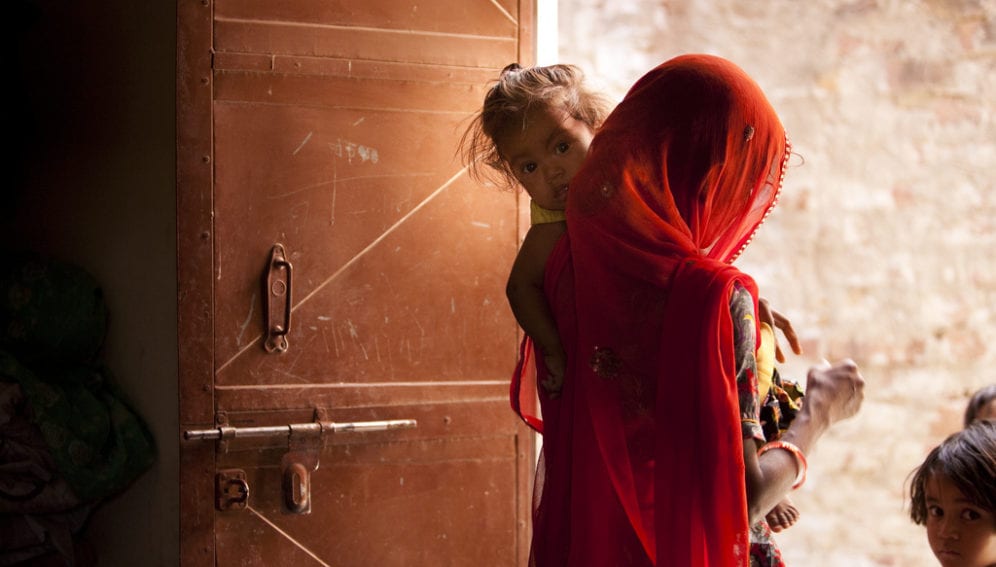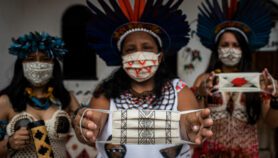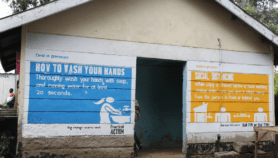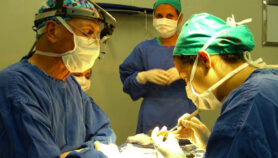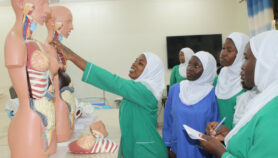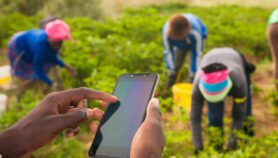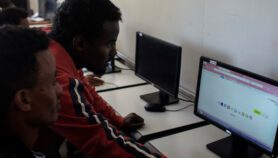By: Max Martin
Send to a friend
The details you provide on this page will not be used to send unsolicited email, and will not be sold to a 3rd party. See privacy policy.
Wikipedia is probably the best example of a website that allows users to share and edit information in real time. But several other sites based on the ‘wiki’ model provide a sharing platform specifically for technologies that could help improve lives in the developing world.
One such site, Appropedia, is aimed at collaborative solutions in sustainability, appropriate technology and poverty reduction. Appropedia has had 50 million hits since its 2006 inception and is getting a facelift that will allow it to reach more people.
Such a one-stop information point offers tremendous scope for informing people on the move about green, low-cost and locally owned technologies. A website like Appropedia could function as a clearing house for information on technologies that could make life easier for migrants who are forced to travel and live rough in poor settings — as long as the information is reliable.
“Several sites based on the ‘wiki’ model provide a sharing platform that could help improve lives in the developing world.”
Max Martin
For example, displaced people building new homes after a disaster has struck face many choices over the materials they use, as I’ve written previously. The wiki site could be a place for them to swap experiences and learn what has worked for others in different settings.
It could also host advice for people on the move about affordable transport, healthcare and humanitarian aid locations, plus tips for staying safe while travelling in unfamiliar territory and what to pack when camping out in the open.
It could also help channel relevant innovations from other settings to migrants. For example, some villagers in flood-prone areas of Bangladesh grow crops on ‘floating gardens’ made using bamboo-pole rafts lined with soil water hyacinths and cow dung. [1] A local group in India’s frequently flooded Bihar state has shown how to make a life jacket using just plastic bottles, sticky tape, fast-drying cotton and thread. [2] Both of these concepts could be useful for other peoples affected by floods and a dedicated wiki could help disseminate know-how and review the technologies’ safety, reliability and suitability for different locations.
Of course, an information wiki for migrants must offer reliable information. This could be achieved by involving a specialist agency or a consortium of humanitarian groups who could invite experts and local practitioners to review and edit posts.
Lastly, the website would only help migrants who have internet access. To bridge this digital divide, online information should ideally dovetail into appropriate communication channels. These could include mobile phones, community radio, loudspeaker announcements and even word of mouth. Humanitarian workers could facilitate a judicious mix of methods —radio phone-in programmes, for example — to enable meaningful and multi-way communication.
Max Martin is a doctoral candidate at the University of Sussex, United Kingdom, researching on climate-related migration. The views expressed are his own.
References
[1] Floating gardens (Practical Action, accessed 5 February 2014)
[2] One look — India: Where plastic bottles become life jackets (Oxfam Hong Kong, accessed 5 February 2014)


